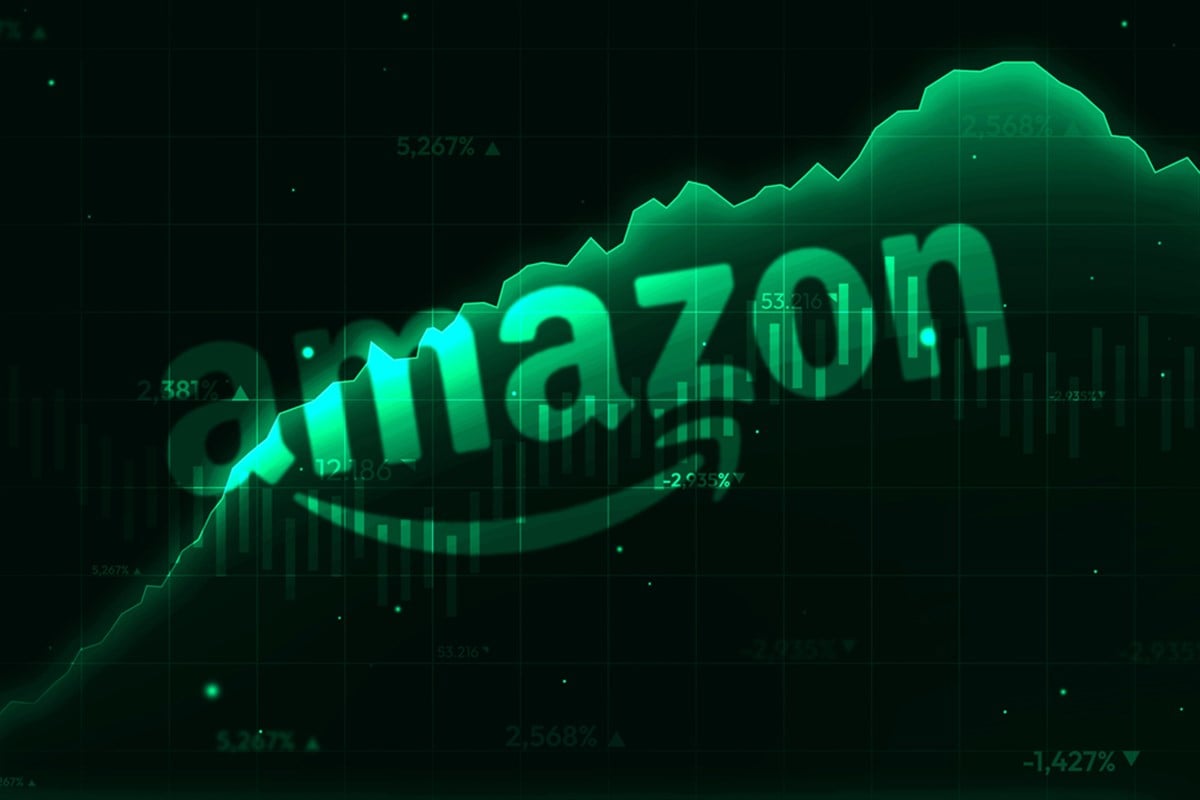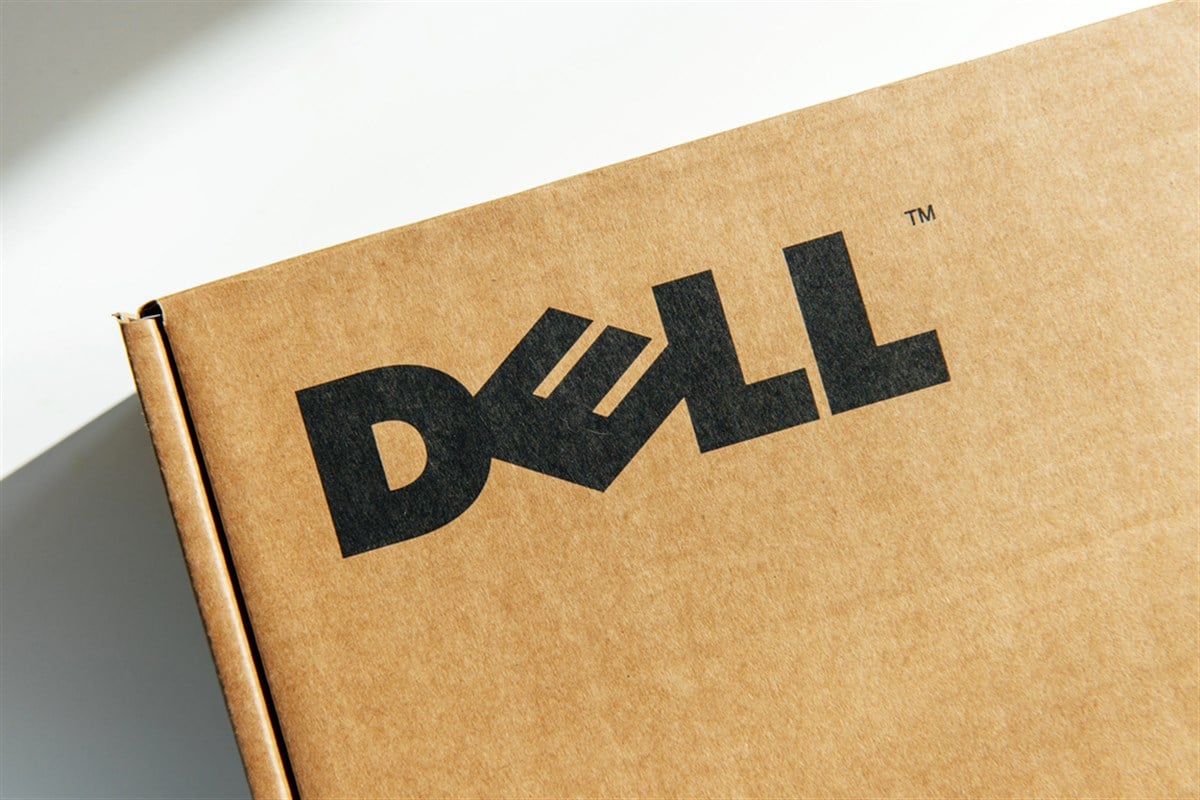Amazon Is on the Cusp of Becoming a Grocery Disruptor

When most people think of America’s grocery giants, Walmart (NYSE: WMT), Albertsons (NYSE: ACI), and The Kroger Co. (NYSE: KR) come to mind. What most people would not expect is the inclusion of one of the biggest names in consumer discretionary stocks. After all, that sector is fundamentally the opposite of consumer staples, into which grocery store chains belong.
However, after first splashing into the supermarket industry when it purchased Whole Foods Market in June 2017, e-commerce and cloud storage solutions Amazon (NASDAQ: AMZN) again made headlines this month. On Oct. 1, the company announced the launch of its own private-label food brand, Amazon Grocery.
The move challenges Walmart and Costco (NASDAQ: COST), the two largest grocery chains in the United States by market cap. But more broadly, Amazon's entrance into the private-brand groceries market could position it as an industry disruptor that could begin to reshape the way Americans go food shopping.
Amazon’s Plan to Marry Grocery Convenience, Quality, and Affordability
Amazon Grocery won’t be the company’s first foray into the grocery space. In August, the company announced that it would start offering same-day grocery delivery a la Instacart in over 1,000 towns and cities with plans to expand to 2,300 locations by the end of 2025.
The delivery service, free for Prime members with orders over $25 and including perishable food items such as produce, dairy, meat, seafood, baked goods, and frozen foods, promises delivery within hours alongside the millions of other items available through Amazon.com.
Previously, the company opened dozens of brick-and-mortar Amazon Fresh locations. These physical grocery stores allow customers to use in-store technology like Just Walk Out, which enables shoppers to grab and go while skipping the checkout line.
However, Amazon Grocery's announcement was different, marking the company’s evolving focus on food staples and shopper convenience. According to Jason Buechel, vice president of Amazon Worldwide Grocery Stores and CEO of Whole Foods Market, the move comes at a time when consumers are particularly price-conscious.
Amazon Grocery delivers more than 1,000 private brand grocery items across all categories at “low, competitive prices that help customers stretch their grocery budgets further.”
Those items include everything from hazelnut spread and chicken breasts to baby bella mushrooms and cook-in-the-bag frozen broccoli florets. Notably, Amazon offers most of those products at prices under $5.
Those price points should be particularly appealing to shoppers who have had to deal with volatile food inflation over the past several years, which shows no signs of abating.
According to the U.S. Bureau of Labor Statistics’ latest Consumer Price Index readings, inflation for food at home is 2.7% higher than a year ago, with meat, poultry, fish, and eggs collectively more than double that at 5.6%.
Groceries Are a Secondary Revenue Driver for Amazon—For Now
Amazon still relies on its online stores, third-party selling services, and cloud-based Amazon Web Services (AWS) for most revenue generation. Last year, those three business segments accounted for over $511 billion, while its advertising and subscription services brought in an additional $56 billion and $44 billion, respectively.
Amazon Grocery does and will continue to factor into online store sales, but its physical presence at Amazon Fresh and Whole Foods Market locations, the latter of which sell alongside other Amazon-owned brands like Happy Belly and Amazon Saver, will continue contributing to the company’s revenue derived from physical stores.
Last year, that business segment brought in more than $21 billion.
In Amazon’s Q2 earnings call on July 31, the company announced that AWS advertising revenue grew 17.5% year over year (YOY) and 22% YOY—same-day and next-day deliveries increased by 30%. With Amazon Grocery items now available with those services, the company should see an increase in demand in the coming quarters and well into the future.
Amazon Grocery Could Be the Boost AMZN Needs
For shareholders and prospective investors, groceries might be the tailwind that gets Amazon over the hump this year. Of all of the Magnificent Seven stocks, Amazon has performed the worst over the past 90 days with a loss of 4.13%. AMZN is flat for the year, though it is down more than 9% from its all-time high on Feb. 4.
Nonetheless, Wall Street is still bullish on the stock. Of the 51 analysts rating the stock, 50 assign it a Buy, with the sole holdout assigning it a Hold. With an average price target of $266.26, analysts see nearly 21% potential upside over the next 12 months. Short interest is just 0.66%, while institutional ownership is more than 72%.
Learn more about AMZN


